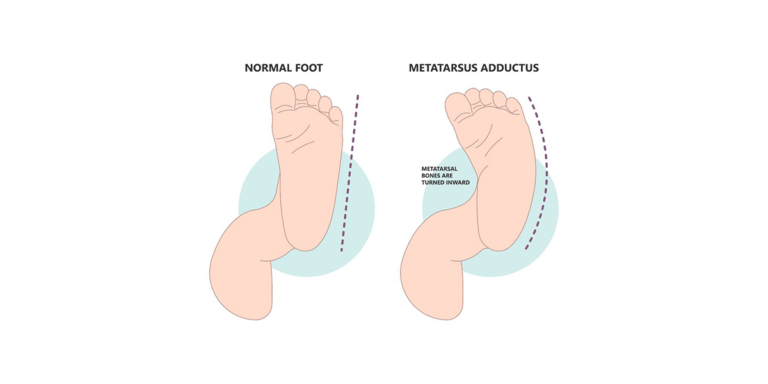Setting up Your Kid for Surgery (Preschooler – 4-5 years)
- Dr Owais Rafiq
- February 21, 2024
- 10:06 pm

As a parent, the prospect of your preschooler going through surgery can overpower you. It’s normal to feel concerned and need to guarantee that your kid has a good sense of security and is ready for the experience.
Normal Feelings of Dread Connected with A surgery:
- Fear of partition from guardians or friends and family.
- Fear of torment during techniques.
- Fear of the obscure and new clinic climate.
- Fear of specialists and attendants in white coats.
- Fear of needles and infusions.

Transparent Correspondence:
Conversing with your kid about surgery is urgent. Be transparent while utilizing age-suitable language. Remember the accompanying tips:
- Find a peaceful and quiet second to examine the surgery with your kid.
- Be sure your kid has many inquiries. Urge them to request anything that comes to mind and give fair responses.
Use Play and Imagination:
Preschoolers learn best through play and innovativeness. Use these methods to help them get used to the surgical experience:
- Use playthings, for example, plush toys or dolls, as “patients.” Professors, specialists, or medical caretakers walk your youngster through the cycle, showing what could occur during their surgery.
- Reading with your child can help them understand concepts better and lessen their anxiety.
- Encourage your kid to communicate their sentiments through drawings or craftsmanship. Furnish them with colored pencils, markers, or paints to make pictures connected with the surgery.
Visit the facility:
Visiting the emergency clinic before the surgery can assist with acquainting your youngster with the climate. Contact the medical clinic beforehand to ask about the chance of a directed visit. During the visit:
- If permitted, visit the recovery, preoperative, and waiting areas.
- Introduce your youngster to the attendants and staff who might be engaged with their consideration.
- Allow your youngster to seek clarification on pressing issues and express worries.
- Highlight the positive parts of the emergency clinic, like bright beautifications or kid cordial conveniences, to make a seriously inviting impression.
Pack Encouraging Things:
Having recognizable things from home can give your youngster a feeling of solace and security during their clinic stay. Gather an extraordinary sack along with things, for example,
- A most loved soft toy or cover
- Books or toys for diversion
- Pajamas or garments that they feel great in
- A family photograph or a little keepsake
Also, Check: preparing your teen child for surgery
Pre-Careful Planning:
- Follow the fasting rules given by the clinical group.
- Administer endorsed drugs as taught.
- Use simple language to explain the procedures before surgery.
- Familiarize your kid with the clinic setting through a pre-employable visit.
- Bring familiar items from home for comfort and familiarity.
- Maintain open correspondence with the clinical group, tending to any worries.
Focusing on Your Kid After Surgery:
Adhere to clinical directions connected with surgery:
- Manage torment with endorsed drugs or over-the-counter pain reliever meds.
- Ensure rest and stay away from demanding exercises.
- Offer a fair eating routine and empower hydration.
- Provide daily encouragement and consolation to your kid for a rapid recuperation.
- Attend follow-up arrangements as planned.
- Gradually advance autonomy in exercises.
- With love and care, your youngster will recuperate well.
Also, Check: preparing your child for surgery
Be their consistent supporter:
Be there for your Surgery preschooler every step of the way with a calm demeanor and physical support to reassure them. During the healing process, please encourage them to express their emotions, offer words of support, and create a nurturing environment.
Dr Owais Rafiq
Subscribe to Dr Owais YouTube channel
For parenting advice, child health, symptoms, causes and treatment of illness in children.





